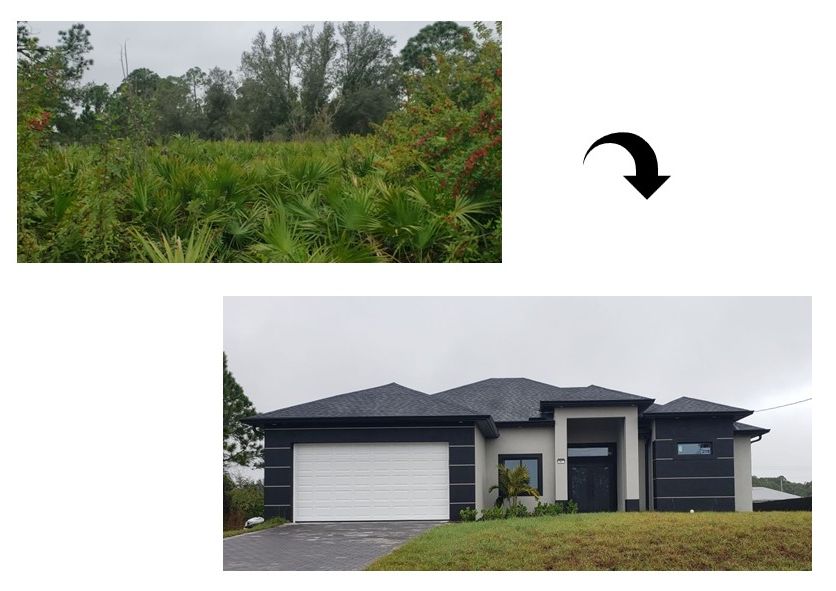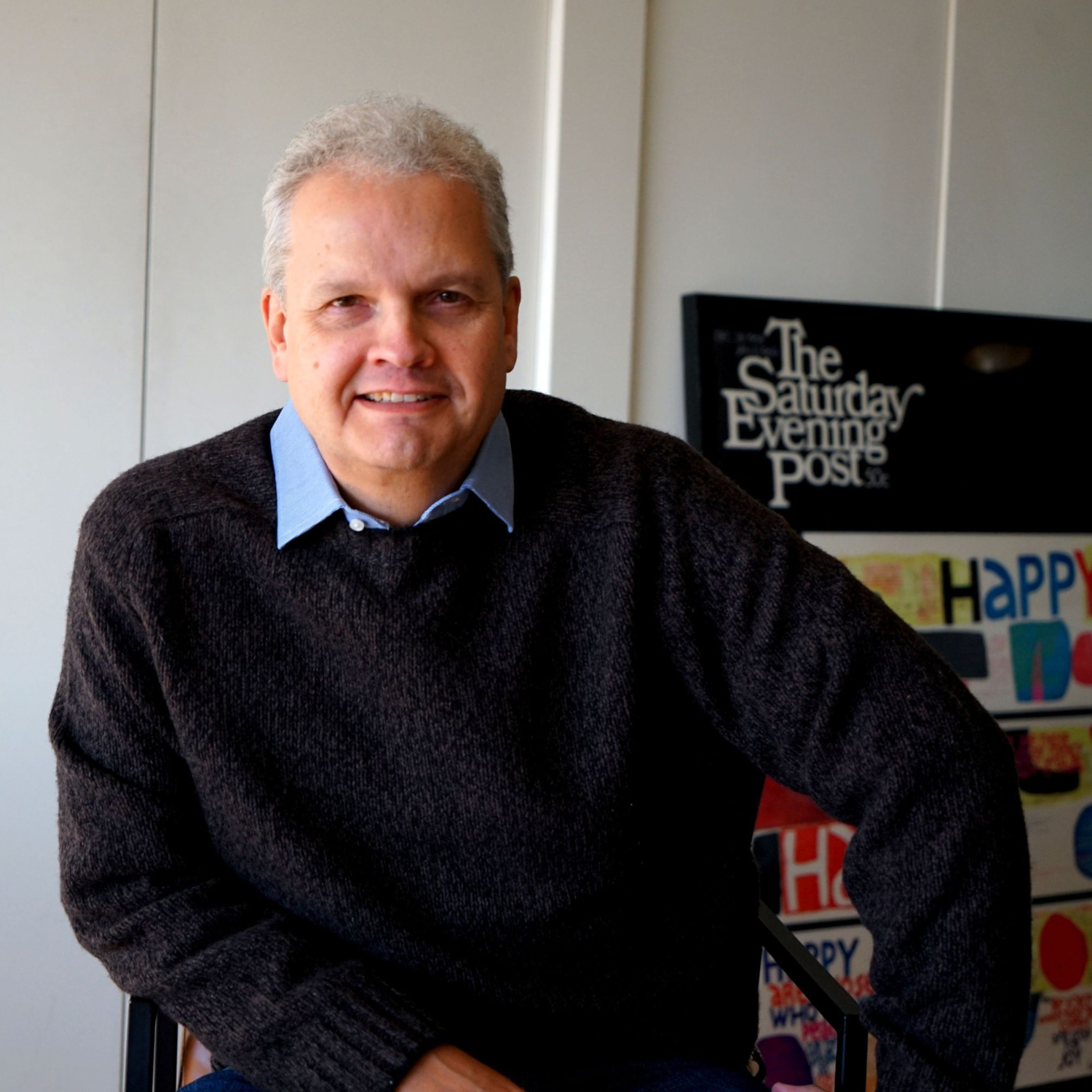Q: Is this course for beginners?
A: Yes. If you understand basic real estate, you can learn these strategies.
Q: Do I need a lot of money to get into development?
A: Not at all. Unlike flips or rentals, where you’re “all-in” from Day 1, development lets you move in stages:
Stage 1: Spend only time — running numbers, checking zoning, talking to the city.
Stage 2: Tie up the lot and spend a small amount on basic drawings or reports. If it doesn’t work, you walk away with minimal cost.
Stage 3: Only once you’re confident do you commit real dollars into permits, detailed plans, and construction.
With this staged approach, we keep the money at risk as low as possible, plus creative strategies like partnering with sellers or focusing on paperwork-only improvements, many students get started with as little as $25k in accessible capital. You’re always testing and de-risking before committing big money.
Q: How long will this take?
A: Many students complete their first deal within 6–12 months.
Q: What if I don’t like it?
A: You’re covered by a 7-day no-risk, 100% money-back guarantee. Details inside.
Q: Does this course work if I’m in the U.S. or Canada?
A: Yes — the course is designed for the U.S. market first, with American examples, laws, and zoning concepts.
Darcy's Canadian, but he's actively building in Texas and Florida, and dozens of U.S. students are already applying these strategies with success. The principles work anywhere in North America (and actually Australia and the Philippines too) — the only real difference between municipalities is how much bureaucracy you face.
Whether you are in the US or Canada - we have you covered.
Q: How much access do I get to Darcy?
A: The course itself is designed to answer the same first 50 questions everyone has, so you won’t be stuck wondering what to do next. That covers the bulk of what beginners need.
On top of that, you’re not alone:
Inside our Skool community, I’m active every week answering posts — plus you’ll hear from other students who are a step ahead of you. That’s like having a peer group of developers in your corner.
Every month we run a live group call where you can bring specific questions and I’ll walk you through them.
If you ever want private coaching, I make myself available at $300 for 30 minutes. Most students never need it, but even if you added a couple of sessions, you’d still be in for a fraction of the $5K–$10K mentorship programs others charge.
👉 Bottom line: you’ll always have support, feedback, and access — but in a structured way that keeps costs low and progress high. So, there is tremendous value in this course.
Q: Aren’t all the good development lots already taken by big national builders? Is there even room for someone like me?
A: It may feel that way, but those big national builders are focused on something very different — huge land tracts outside the city where they can build hundreds of homes. That’s not what we do.
We focus on small-scale infill opportunities in established neighborhoods: things like lot splits, zoning upgrades, minor entitlements, or teardown-and-resell plays. These projects are too small and too scattered for the big guys to bother with — and that’s your advantage.
You don’t need a bulldozer or a land bank. You just need to spot hidden value in overlooked lots and apply one of the Micro-strategies I teach. There’s still a wide open lane for smart, scrappy investors — and this course shows you exactly how to find it.
Q: Can’t I just figure this out myself with YouTube and a few books?
A: You can try — but here’s the reality: most people don’t follow through without structure, feedback, or accountability.
YouTube is full of random tips, but no roadmap. Most people end up overwhelmed, stuck in research mode, or chasing shiny objects that don’t fit their goals. That’s why so many say, “I’ll try it myself and buy the course if I run into trouble” — but never actually take action.
This course isn’t just education. It’s a clear plan, tailored tools, real-world examples, and direct access to an experienced developer to keep you focused and moving. If you’re serious about making progress — not just watching videos — this will save you months of trial and error.



















